Système T
Twin window blind
Twin Window Blind is an artefact issued from the System T research project. It was guided by the utopias of sociologist Yona Friedman as well as the radical vision of Ivan Illich, who makes a distinction between ‘being housed’ and ‘living in’; I was inspired by so-called vernacular* practices while studying the different typologies of lightweight, mobile architectural elements that offer protection from the sun and tame light.
The window becomes the point of intersection between inside and outside, connecting the public to the private. I removed this element from its context to the point of rendering it autonomous before adding opening and ballast systems to multiply the contexts in which it might be used. Through this displacement, I interrogate the domestic object's narrative scope and significance. The ornamentation – with the checkerboard pattern used as a universal and common language, a power of orchestration – here acts as a harmonising and balancing principle.
System T returns to textile’s anthropological nature, which reflects humanity’s history while illustrating the social dimensions of work. The blind or store comes from the Latin storea, meaning mat: a straw fabric, made from rush or reeds, used to cover floorboards or cover bedroom walls. For theoretician Gottfried Semper, architecture began with textiles rather than brick walls. It is thus that these lightweight, woven elements indicate that architecture was born first and foremost through climate considerations.
*By ‘vernacular’ I mean traditional inherited architecture inscribed within a continuum, an evolving process. Outside influences and the evolution of people’s needs modify this process, transforming it little by little.
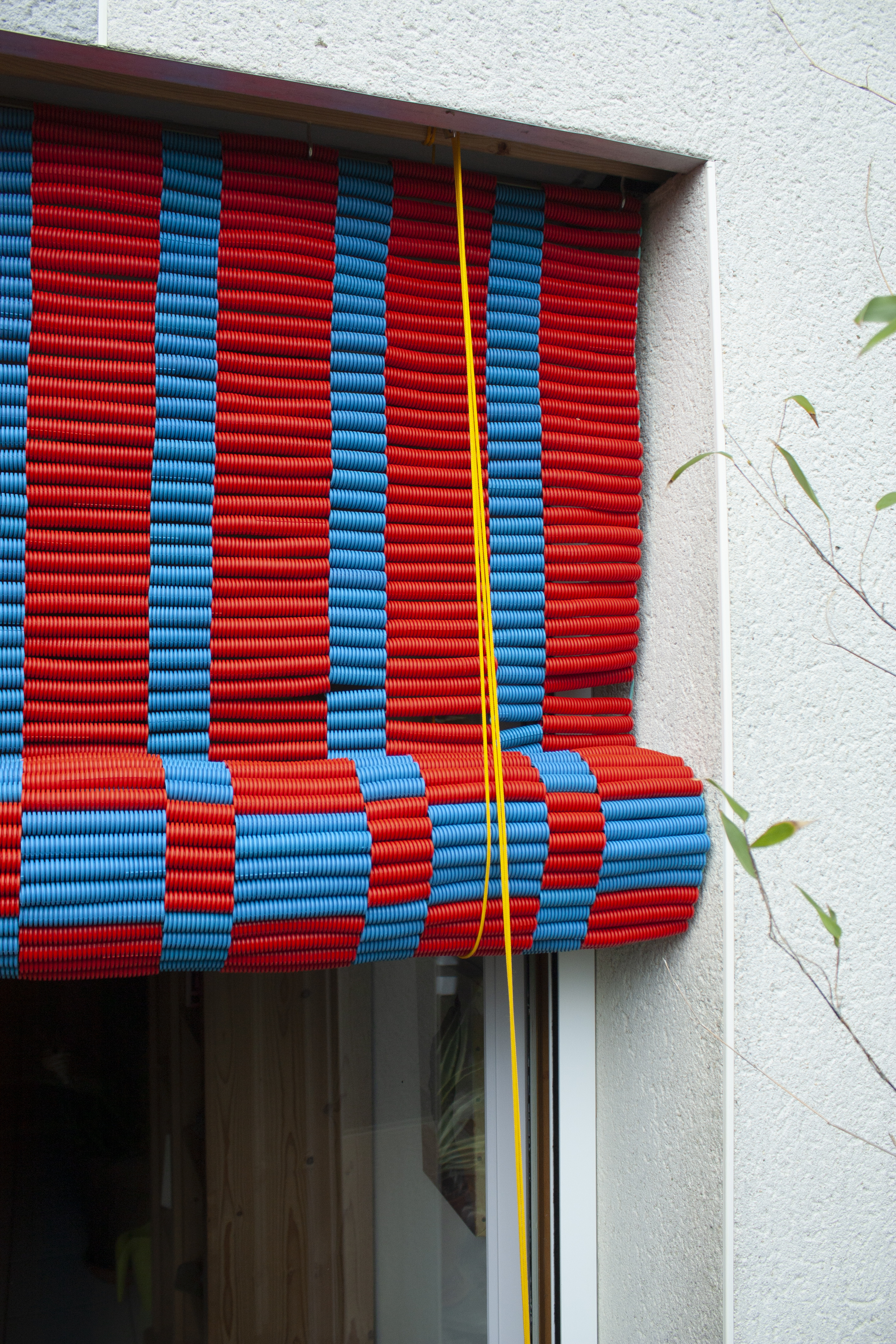
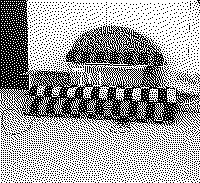
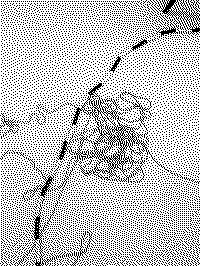
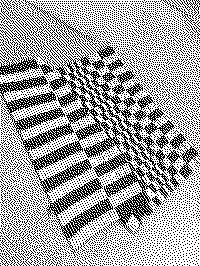
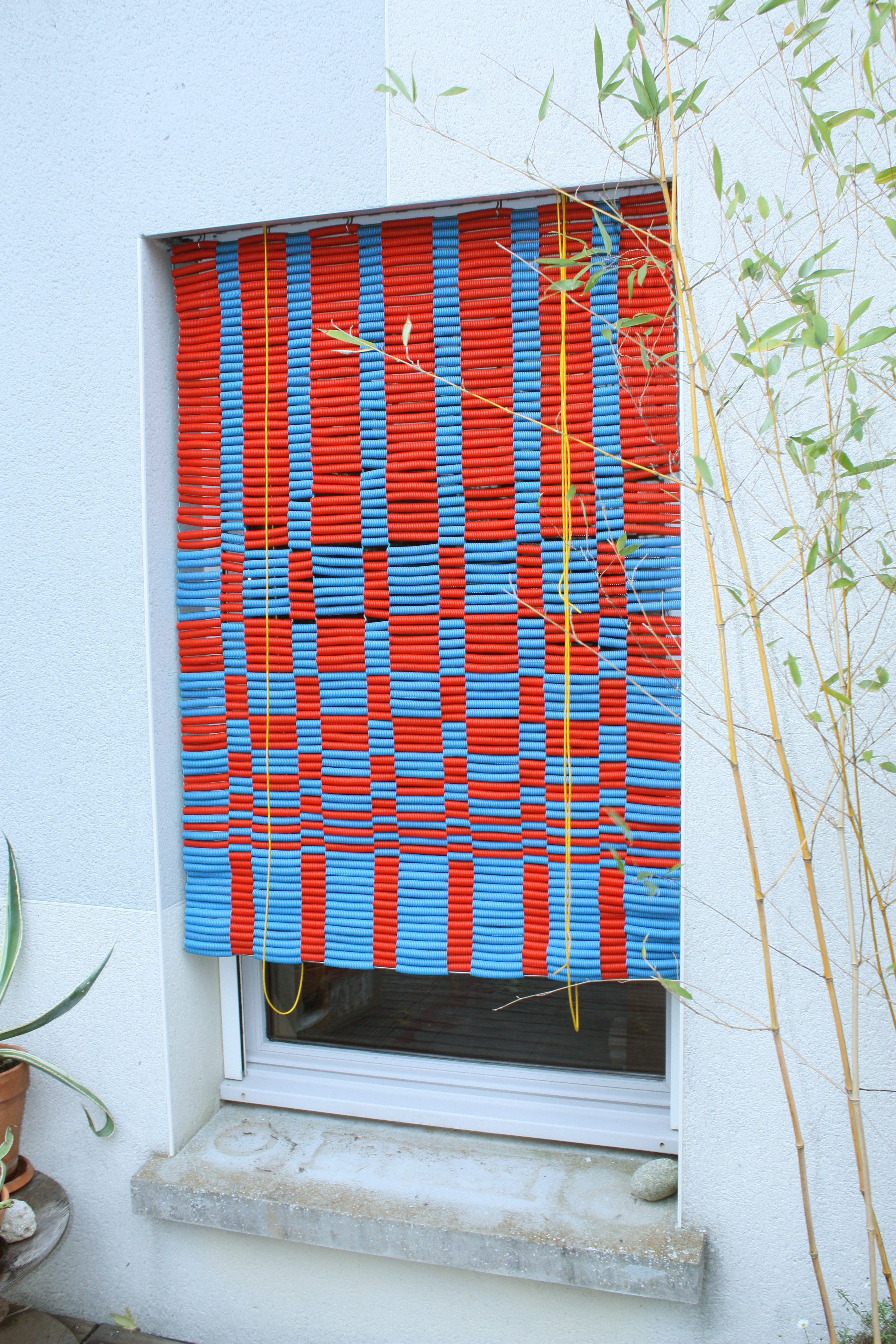
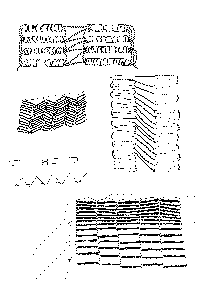
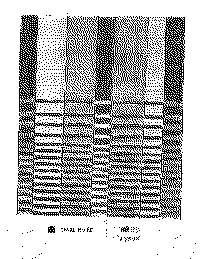

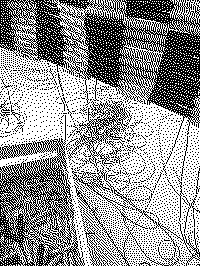
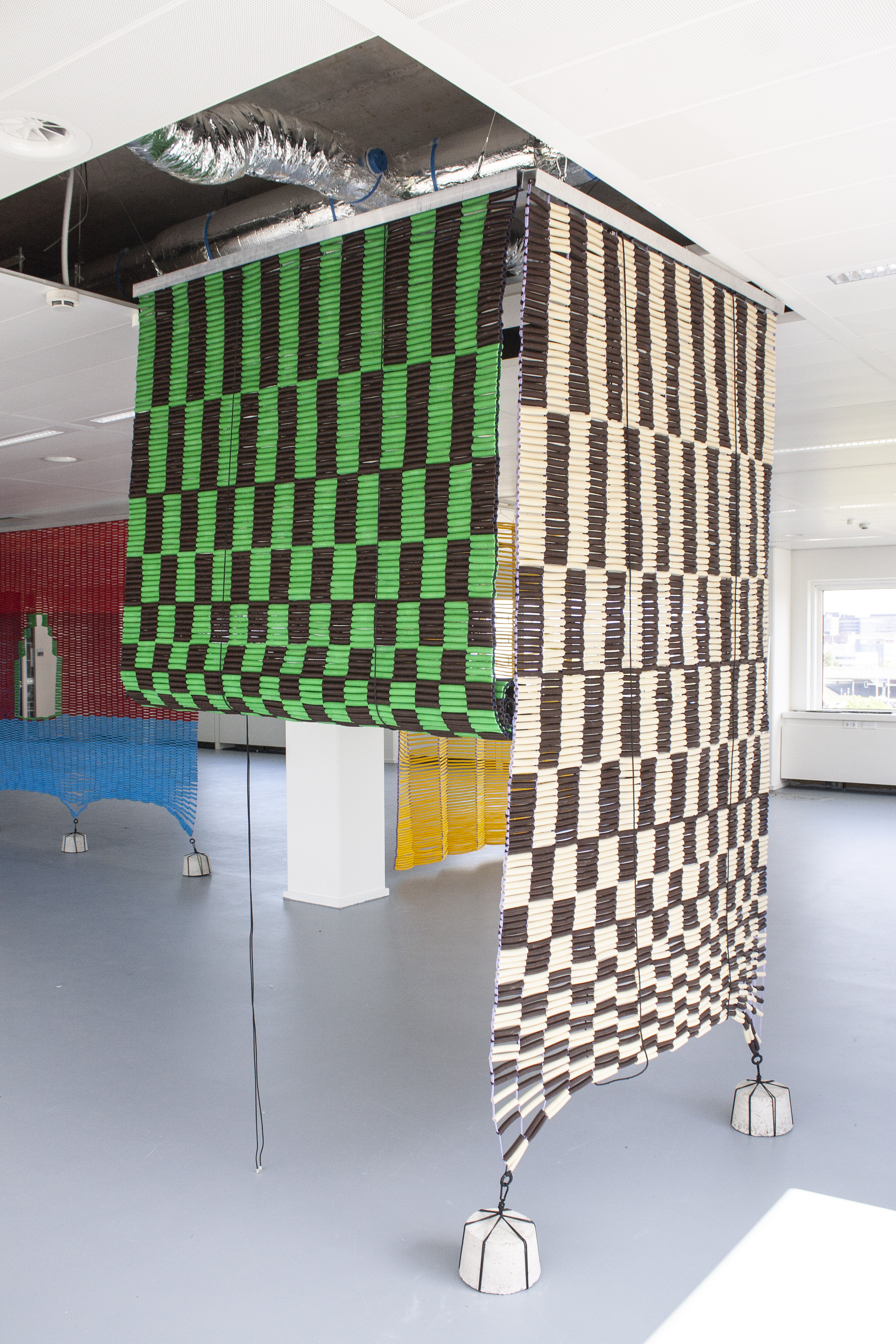
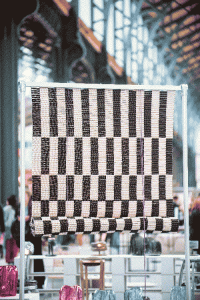
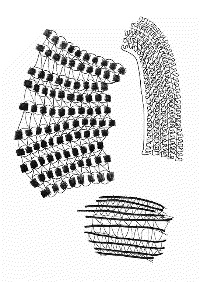
- Twin No. 1 100 x 140 cm ICTA 16mm leftover ropes elastane © Seal Ceada
- Twin No. 1, Checkerboard Detail Displayed in the window of a family home in Chalonnes sur Loire © Seal Ceada
- 25 kg Weight Concrete with Macramé Hanging System and Carabiner experimented at Startwell Building
- Twin Window Blinds No. 3 & No. 4 Installation in a real estate developer's building in Amsterdam